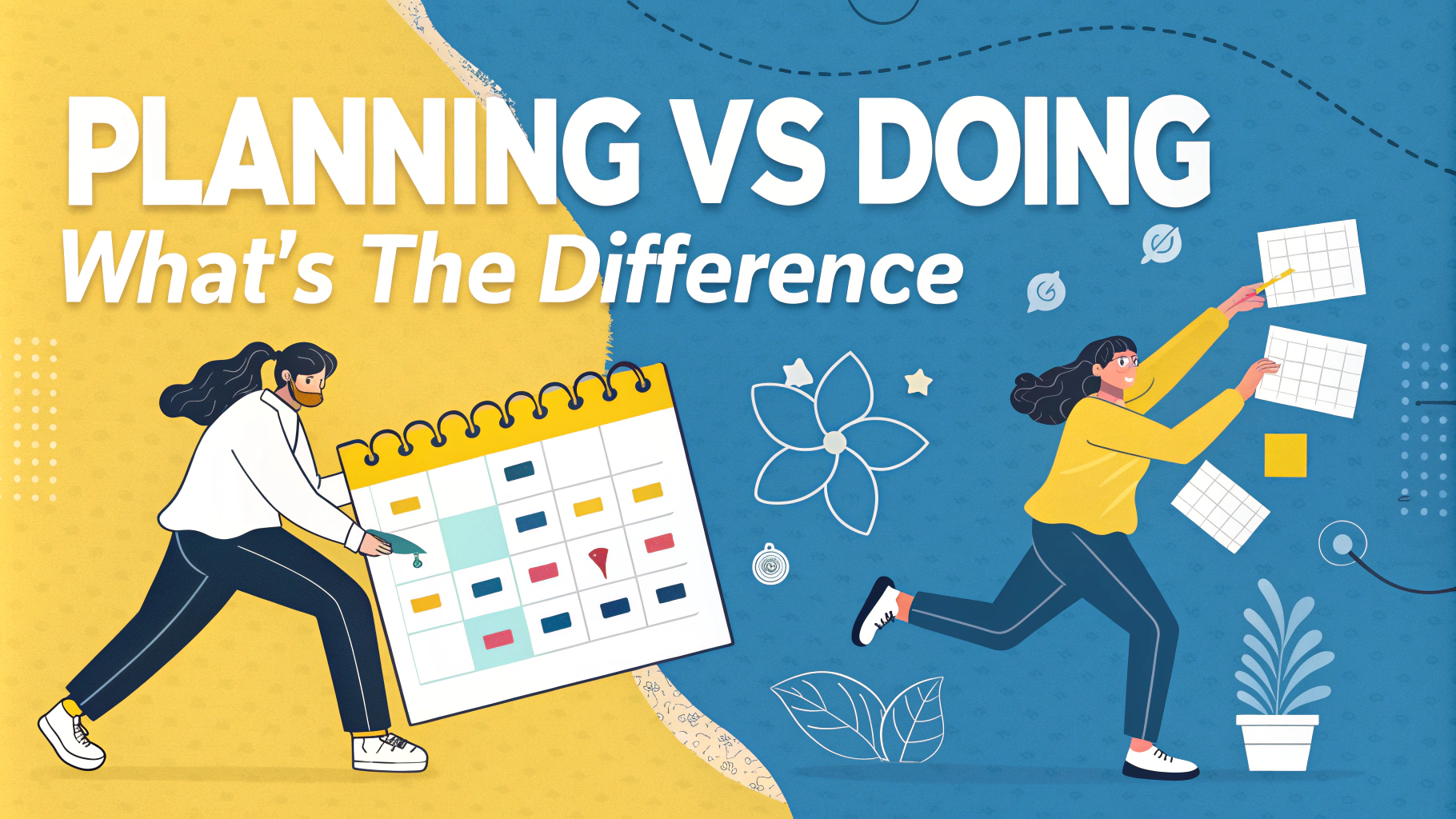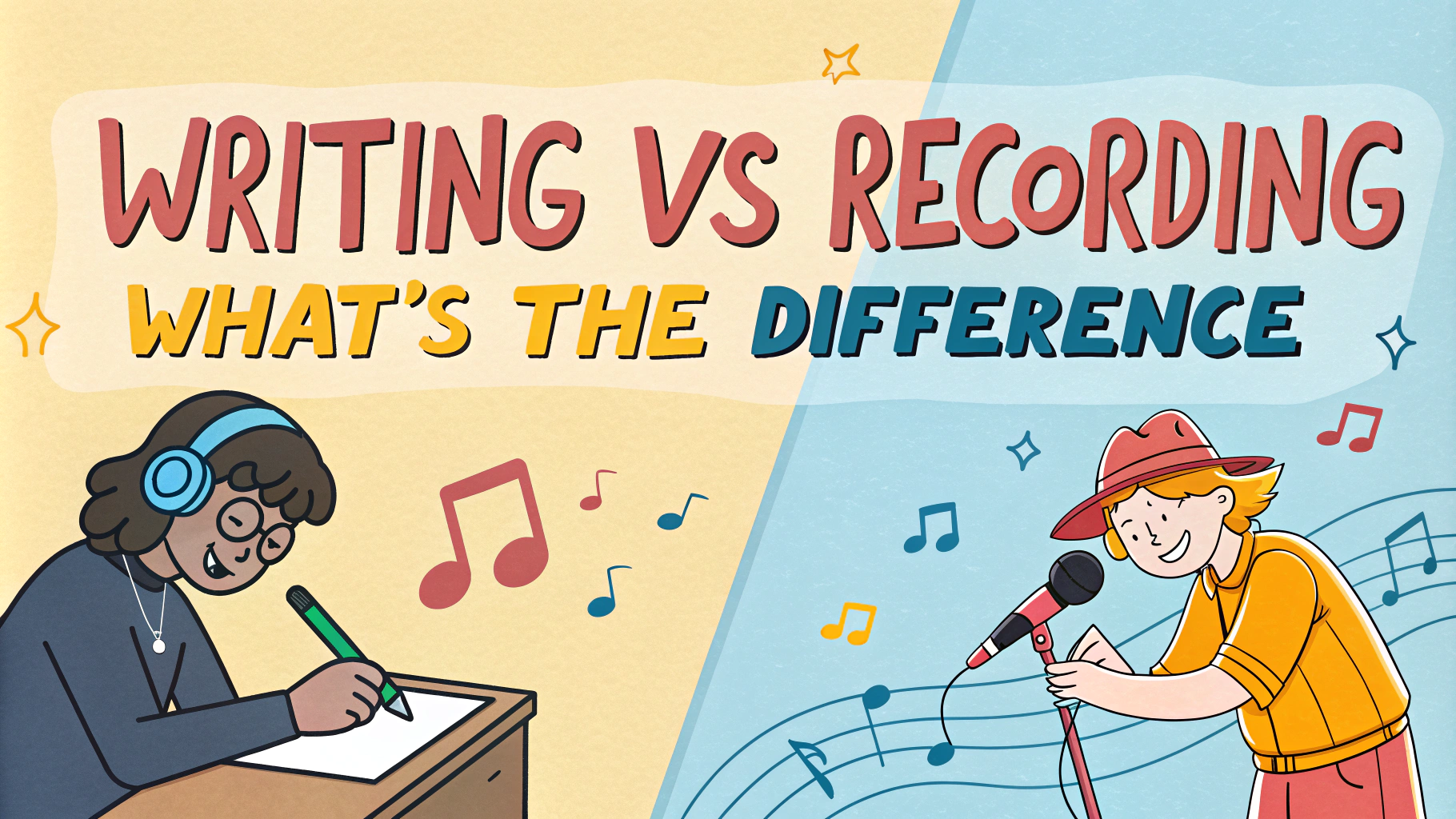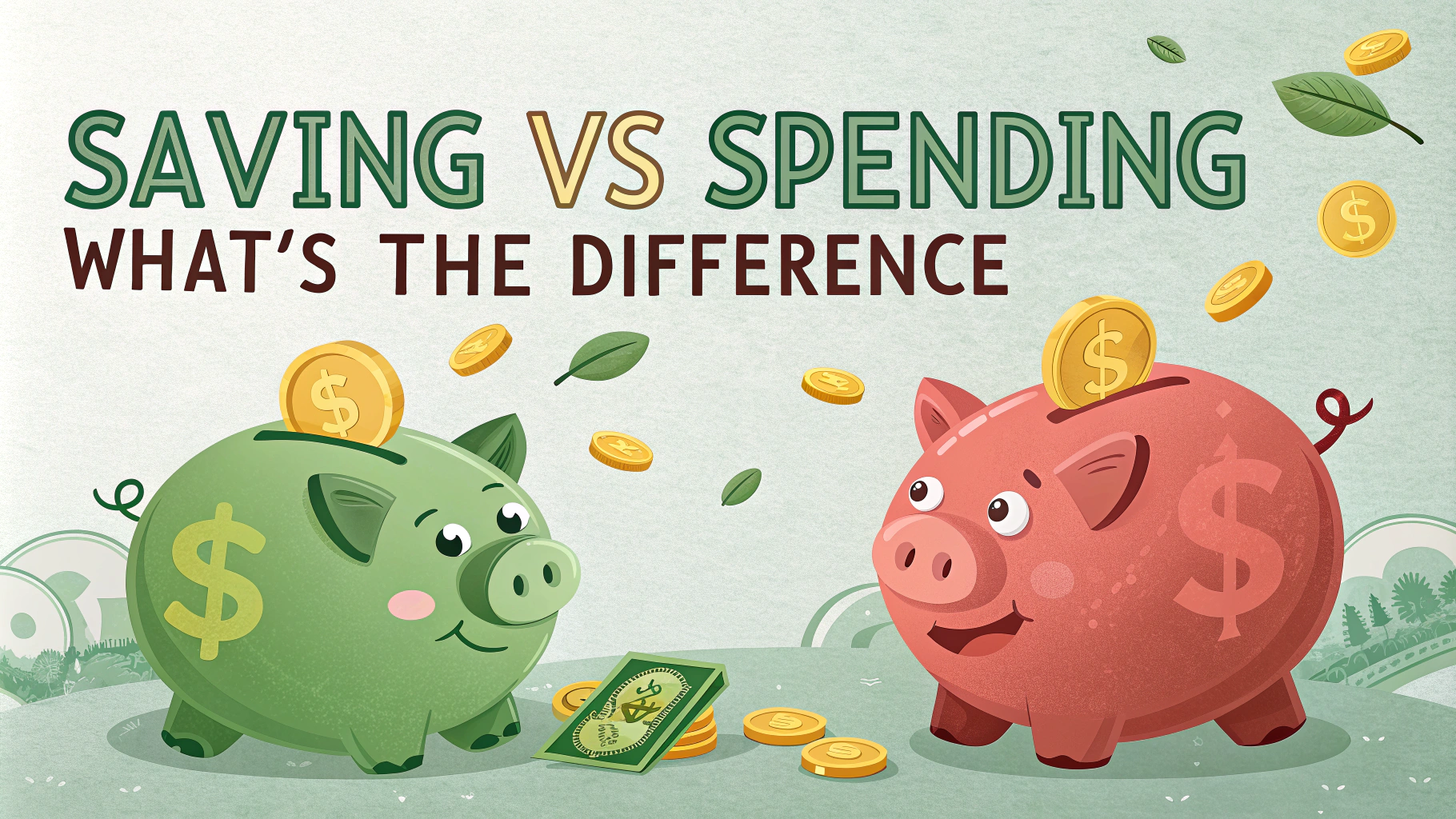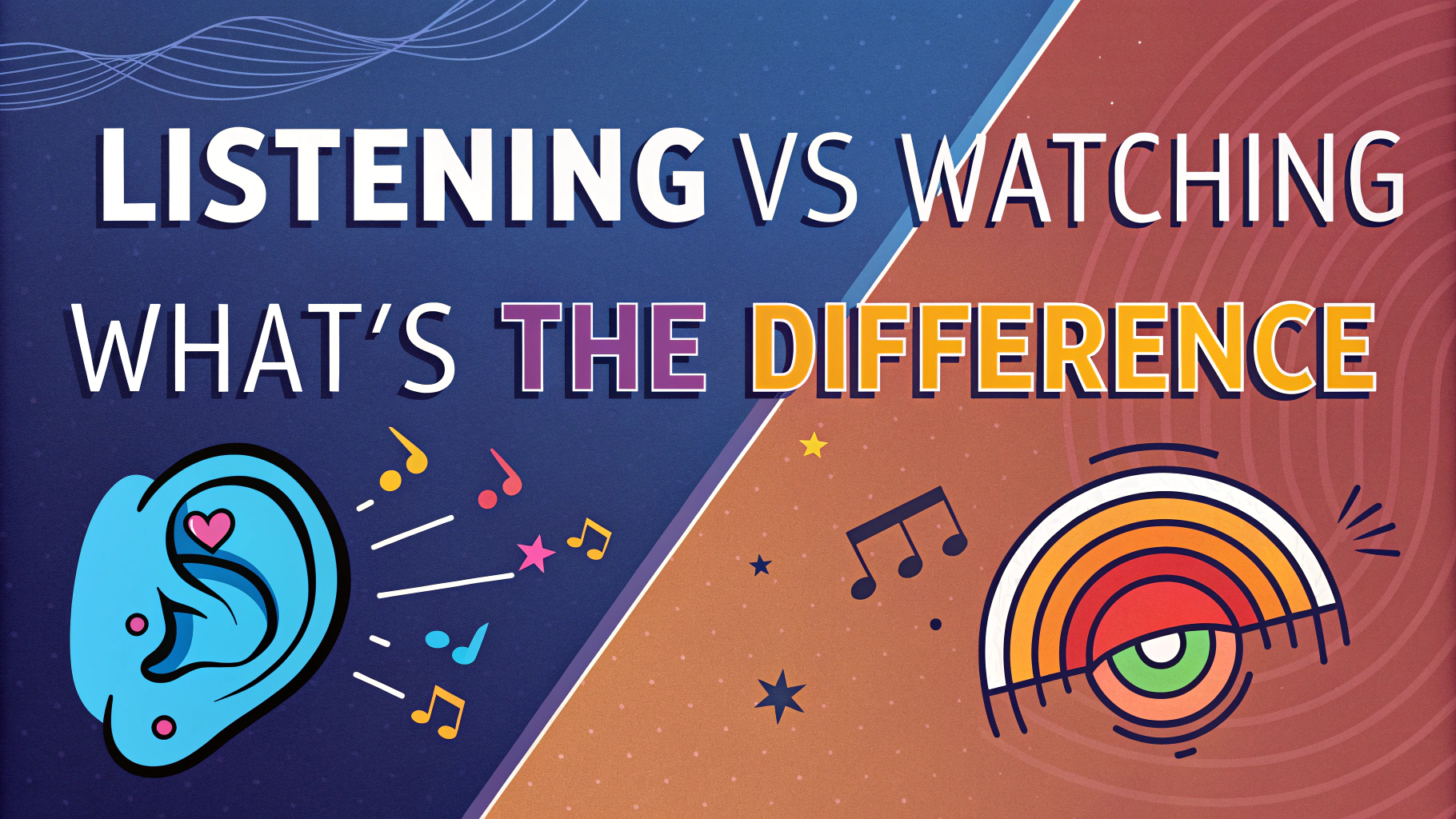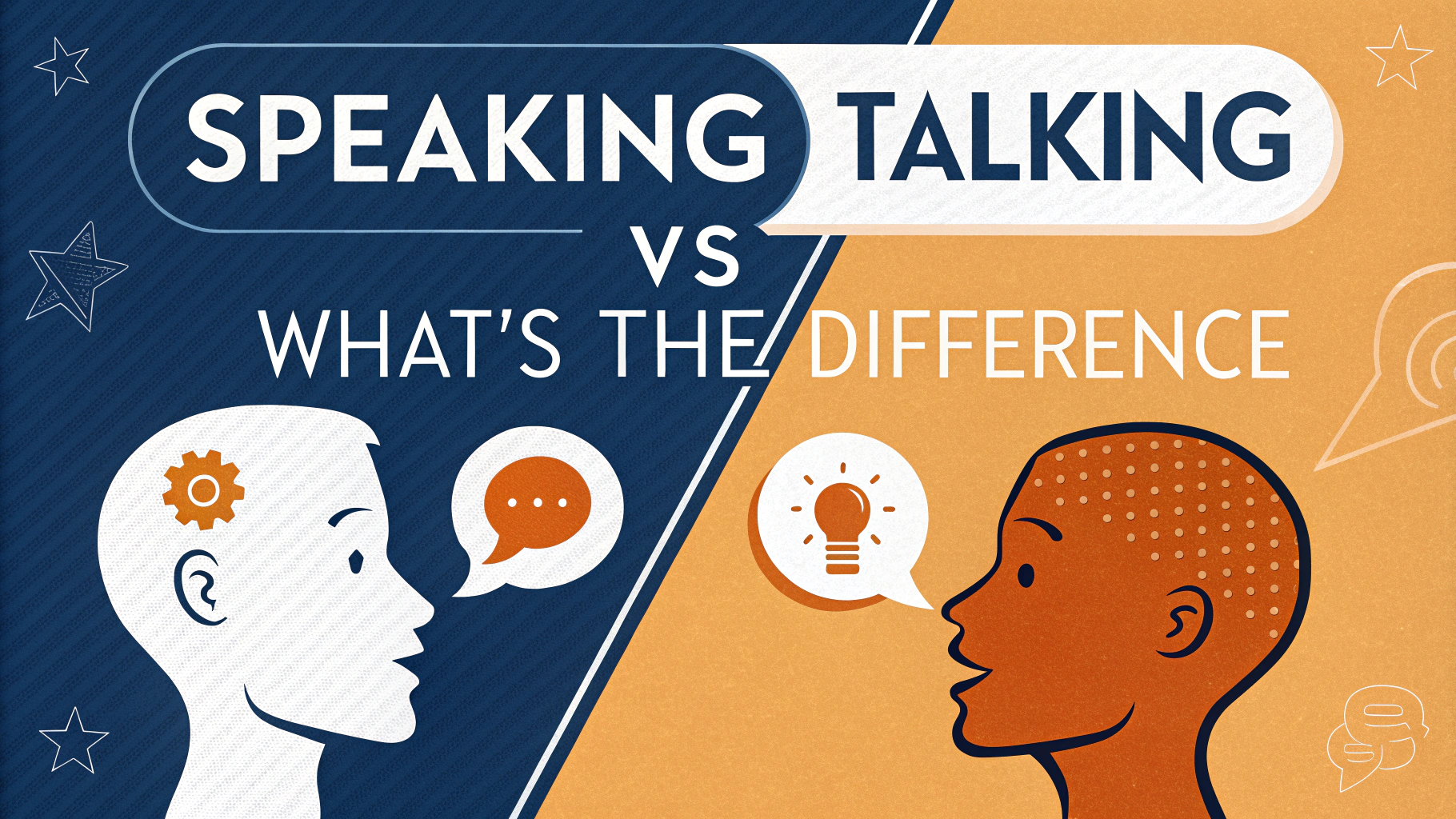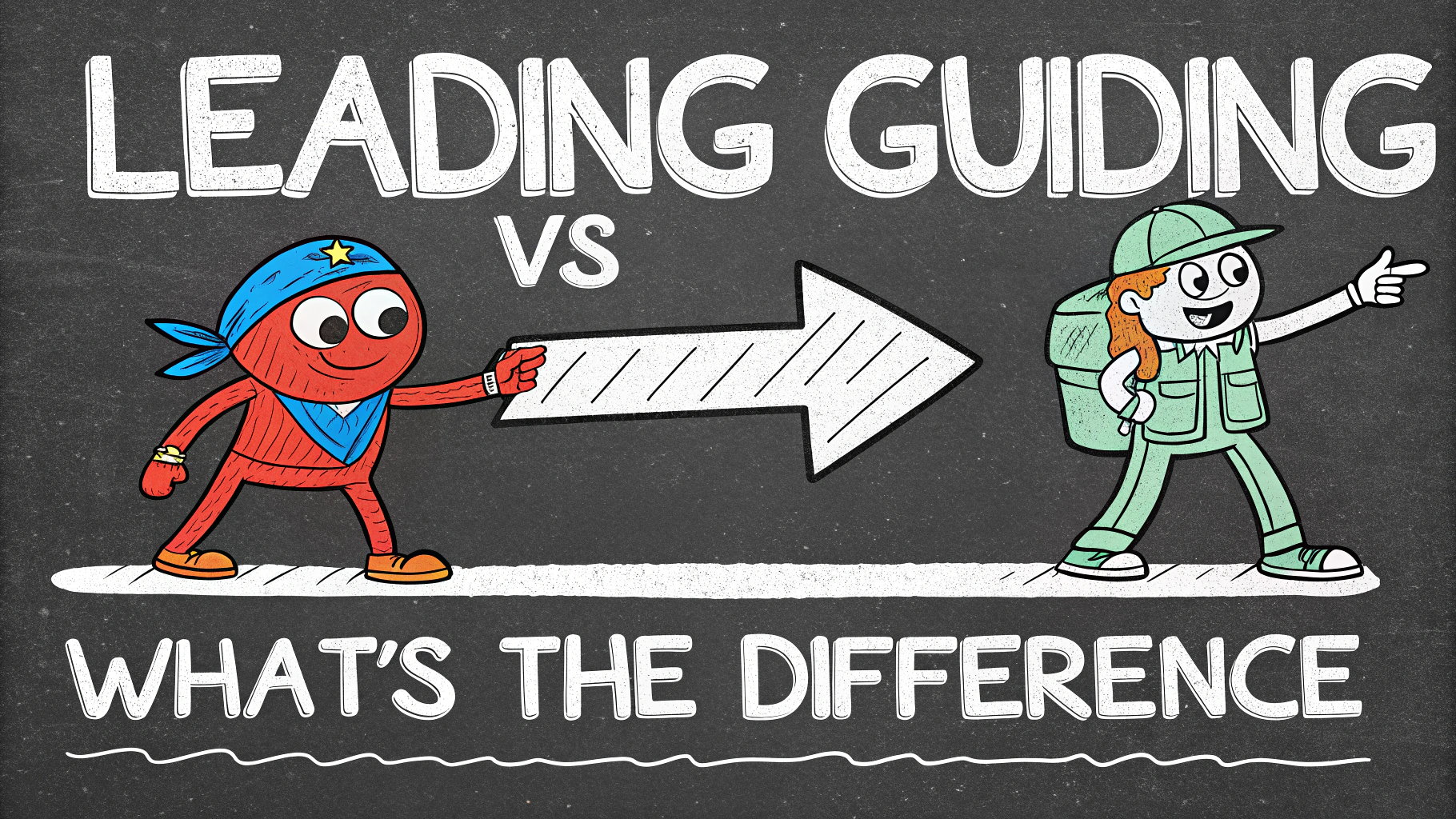Ducks waddle, geese honk, but what really sets these waterfowl apart? Whether you’re a bird enthusiast or simply curious about these feathered friends, understanding the differences between ducks and geese can enhance your appreciation of these fascinating creatures.
This article will explore the key distinctions in appearance, behavior, and habitat preferences of ducks and geese. We’ll also touch on their unique adaptations and roles in various ecosystems. By the end, you’ll be able to spot the differences between these two types of waterfowl with confidence.
Physical Characteristics: Spotting the Differences
Size and shape are the most noticeable differences between ducks and geese. Geese are generally larger, with longer necks and legs. Ducks have shorter, stockier bodies with flatter bills.
Plumage patterns vary between species, but geese often have simpler, more uniform coloration. Ducks, especially males during breeding season, can display vibrant and intricate feather patterns.
- Geese: Larger bodies, longer necks, longer legs
- Ducks: Smaller, stockier bodies, shorter necks, flat bills
Behavioral Traits: Personality Matters
Social structures differ significantly between ducks and geese. Geese are known for their strong family bonds and lifelong partnerships. Ducks, on the other hand, typically form seasonal pairs.
Vocalizations are another key distinction. Geese produce loud, honking calls that can be heard from a distance. Ducks have a wider range of vocalizations, including the familiar “quack” of mallards.
- Geese: Strong family bonds, lifelong partnerships, loud honking calls
- Ducks: Seasonal pairing, diverse vocalizations including quacks
Habitat and Migration Patterns
Preferred habitats can overlap, but there are some differences. Ducks are often found in smaller bodies of water like ponds and marshes. Geese prefer larger open areas, including fields and lakes.
Migration patterns vary between species, but geese are known for their long-distance flights in distinctive V-formations. Some duck species migrate, while others are more sedentary.
- Ducks: Often prefer smaller water bodies, some species migrate
- Geese: Favor larger open areas, known for long-distance V-formation flights
Diet and Feeding Habits
Feeding techniques differ between ducks and geese. Many duck species are equipped for “dabbling” or “diving” to find food underwater. Geese primarily graze on land, feeding on grasses and other vegetation.
Diet composition reflects these feeding habits. Ducks often consume a mix of aquatic plants, insects, and small aquatic animals. Geese are primarily herbivores, with a diet consisting mostly of grass and grains.
| Duck Diet | Goose Diet |
|---|---|
| Aquatic plants | Grasses |
| Insects | Grains |
| Small aquatic animals | Other vegetation |
Adaptations for Aquatic Life
Both ducks and geese have evolved special features for their watery habitats. These adaptations help them thrive in aquatic environments:
- Waterproof feathers
- Webbed feet for efficient swimming
- Bills designed for specific feeding habits
Ducks possess a unique preening gland that secretes oil to coat their feathers, enhancing water repellency. Geese have strong flight muscles for long-distance migration.
Conservation Status and Threats
While many duck and goose species are not currently endangered, they face various threats:
- Habitat loss due to urban development
- Climate change affecting migration patterns
- Hunting pressure in some regions
Conservation efforts focus on protecting wetlands and regulating hunting practices. Supporting these initiatives helps ensure the survival of these waterfowl species.
Notable Conservation Success: Canada Goose
The Canada Goose population has rebounded significantly due to successful conservation measures. This serves as a model for other waterfowl protection efforts.
Interactions with Humans
Ducks and geese often coexist with humans in urban and suburban areas. This proximity can lead to both positive and negative interactions:
| Positive Interactions | Negative Interactions |
|---|---|
| Birdwatching opportunities | Droppings in public spaces |
| Aesthetic value in parks | Aggressive behavior during nesting season |
| Educational value for children | Crop damage (geese) |
Managing these interactions requires a balanced approach, respecting wildlife while addressing human concerns.
Conclusion: Appreciating Waterfowl Diversity
Understanding the differences between ducks and geese enhances our appreciation for waterfowl diversity. Key takeaways include:
- Distinct physical characteristics and behaviors
- Varied habitat preferences and migration patterns
- Unique adaptations for aquatic life
- Conservation challenges and successes
By recognizing these differences, we can better appreciate the roles these birds play in our ecosystems and take steps to protect them for future generations.
Next time you’re near a body of water, take a moment to observe these fascinating creatures. You might spot a duck dabbling for food or hear the distinct honk of a goose overhead. Each sighting is an opportunity to connect with nature and marvel at the diversity of waterfowl.
Duck vs Goose FAQs
1. What are the main differences between ducks and geese?
The key differences include:
- Size: Geese are generally larger than ducks
- Neck: Geese have longer necks
- Bill: Duck bills are typically flatter and wider
- Behavior: Geese are often more aggressive
- Habitat: Ducks are more aquatic, while geese spend more time on land
2. Are duck or goose feathers better for pillows and comforters?
Goose down is generally considered superior for bedding due to its larger, softer clusters that provide better insulation and loft. However, high-quality duck down can also be excellent and is often more affordable.
3. Which is healthier to eat: duck or goose?
Both duck and goose are nutritious meats. Duck is higher in fat and calories, while goose is leaner. The health benefits depend on preparation methods and individual dietary needs.
4. Can ducks and geese interbreed?
While it’s rare, some species of ducks and geese can interbreed. The offspring, called “hybrid waterfowl,” are usually sterile and occur more commonly in captivity than in the wild.
5. What are the taste differences between duck and goose eggs?
Duck eggs are larger and richer, with a higher yolk-to-white ratio. Goose eggs are even larger and have a stronger flavor. Both are prized in culinary applications for their richness.
6. How do migration patterns differ between ducks and geese?
While both ducks and geese migrate, geese typically fly in distinctive V-formations over longer distances. Ducks often migrate in looser flocks and may have more varied migration patterns depending on the species.
7. What are the best duck breeds for backyard farming?
Popular duck breeds for backyard farming include:
- Pekin ducks (for meat and eggs)
- Khaki Campbell (for egg production)
- Indian Runner (for eggs and pest control)
- Muscovy (for meat and pest control)
8. How do you tell the difference between a duck and a goose in flight?
In flight, geese typically have longer necks and slower wing beats. Ducks have shorter necks and faster wing beats. Geese often fly in V-formations, while ducks may fly in more irregular patterns.
9. What are the pros and cons of raising ducks vs geese?
| Aspect | Ducks | Geese |
|---|---|---|
| Noise level | Generally quieter | Can be quite loud |
| Space required | Less space needed | More space needed |
| Egg production | Higher | Lower |
| Meat yield | Lower | Higher |
| Temperament | Usually docile | Can be more aggressive |
10. Which is better for pest control: ducks or geese?
Both can be effective, but ducks are often preferred for pest control. They are particularly good at controlling slugs, snails, and insects. Geese are better for weed control in orchards or vineyards.
11. How do duck and goose hunting regulations differ?
Hunting regulations vary by location, but generally, goose hunting has longer seasons and higher bag limits due to their larger populations. Duck hunting often has more species-specific regulations.
12. What are the most popular duck and goose dishes in world cuisine?
Popular dishes include:
- Duck: Peking duck, duck confit, duck à l’orange
- Goose: Roast goose, foie gras, smoked goose breast
13. How do the lifespans of ducks and geese compare?
In the wild, ducks typically live 5-10 years, while geese can live 10-25 years. In captivity, both can live longer, with




